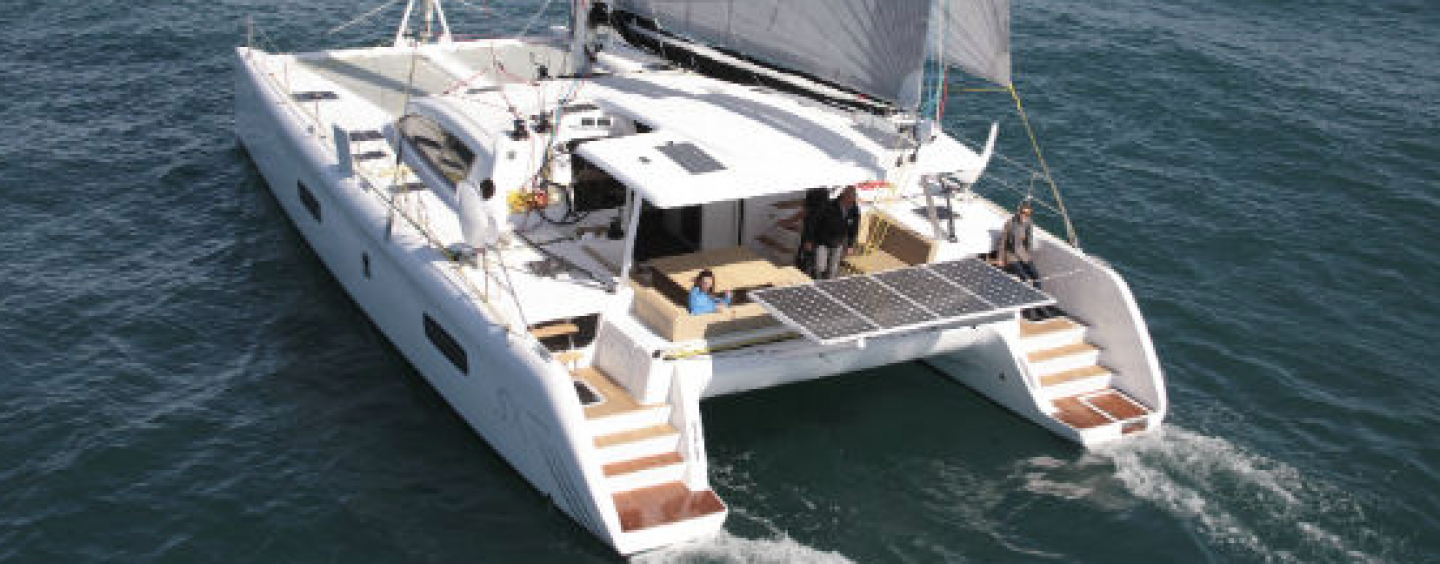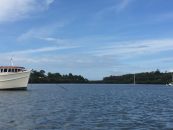A sabbatical is so much more than a holiday. They were first introduced in universities, allowing professors to spend a year travelling and learning, so they could return to work brimming with ideas. Many workplaces are increasingly seeing the benefit of sabbaticals and actively encouraging them. So, if you are finding yourself in a bit of a creative rut at work, taking a sabbatical could be the perfect way to hit the reset button and come back recharged.
So now that you are planning that break, you suddenly feel the call of the ocean and love the idea of discovering an untouched beach paradise. Then, SEAbbatical is the book for you. Author Brent Vaughn has combined his life-long passion for sailing and his successful career selling cruising catamarans to build a how-to guide for taking an ocean-sabbatical (SEAbbatical) before you are too old to enjoy it. The expenses involved might make you think this is a dream that is only available to the ultra-wealthy, but Brent’s easy-approach book provides plenty of tips for achieving it on more modest budgets.
Brent points out that Australians have the perfect reason to take a SEAbbatical because most of the people live on or near the coastline. Importantly, our coast is also home to breath-taking islands and other wonders like the Great Barrier Reef.
SEAbbatical is very clearly laid out across five key sections. Part one explains the importance of choosing a specific plan for your SEAbbatical, as this will then help determine which sort of boat you need. To help aid your planning, the book runs through several of the most popular SEAbbatical themes. A family-focused trip has many benefits, such as strengthening bonds that have diminished due to poor work-life balances and our addiction to screens. The accessibility of distance learning means that your children’s education need not suffer either.
Another popular theme is having a charitable cause for your SEAbbatical. Donating your time and energy to helping less fortunate Pacific nations can be the perfect way to gain better cultural understanding and is also immensely rewarding too.
The second part of the book shares many tips to help you decide the best boat type for your trip. For example, the price of sailing monohulls is certainly attractive, but greater stability and being able to enter shallower areas certainly give catamarans more flexibility. Powered boats are also discussed, but according to Brent, their cost and inability to traverse long voyages without refuelling are both significant limitations.
Unless you are overflowing with cash, the third part, dealing with financing tips, will be of particular interest. Brent suggests that by giving up exclusive access to your boat, it is possible to significantly offset your costs by setting it up as a charter boat. You can do either short-term chartering such as via Airbnb, or longer-term options such as bareboating.
Part four of the book provides detailed tips about preparation for the trip. This includes making sure you have the right skills and equipment to stay clear of dangerous weather. There are also many handy tips on boating courses and boating communities that you can engage with to further prepare for your voyage.
Part five of the book covers how to wrap-up your SEAbbatical. You might want to immediately start planning the next trip, or you may prefer to stay aground for a while. You may be considering selling your boat, either to offload it or upgrade it, so Brent has provided many selling tips.
Taking a SEAbbatical is certainly not for the faint-hearted, but if you are considering one, then this book is a very thorough and accessible resource.
by Narayan Pattison



























